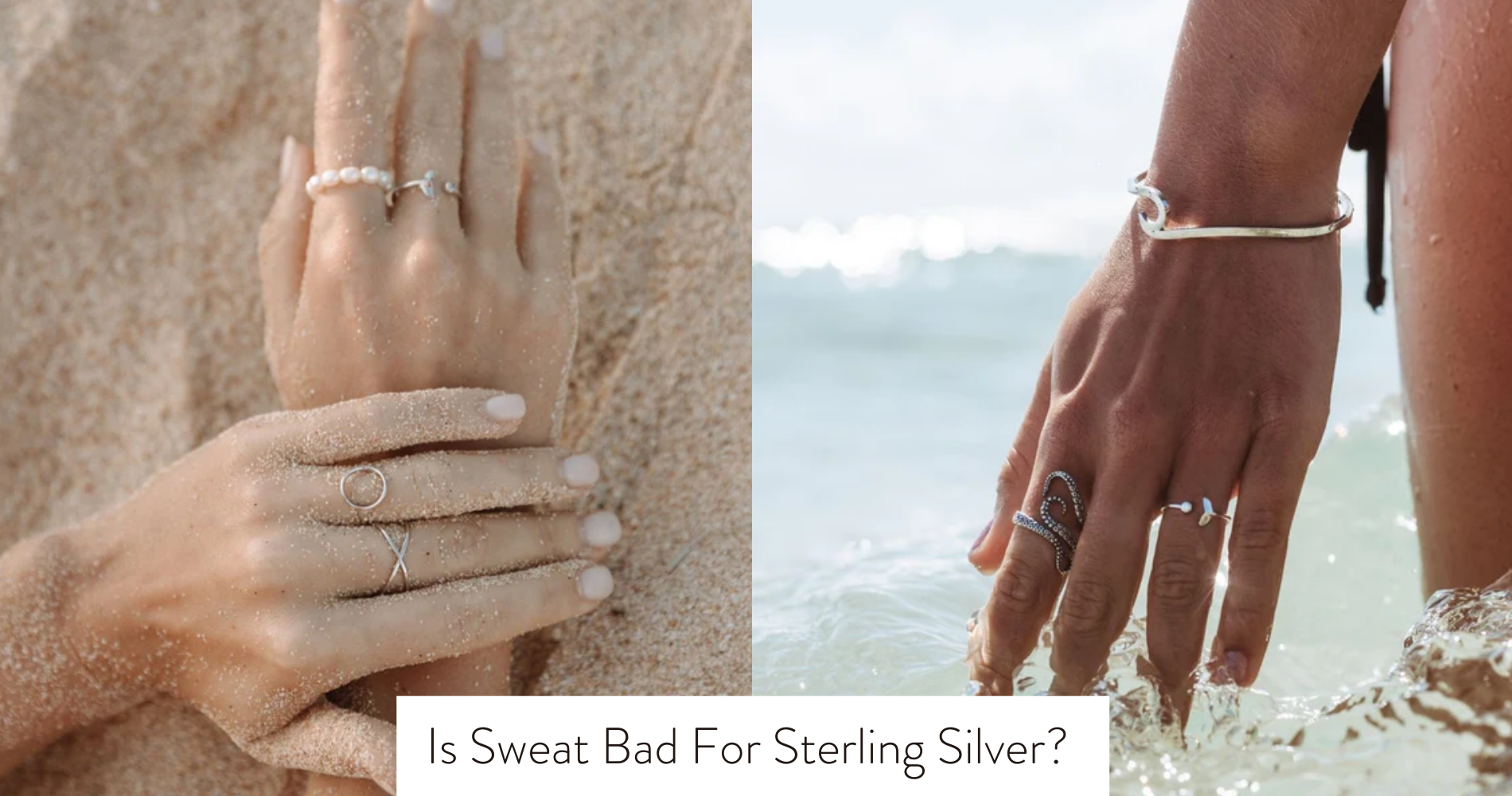
Is Sweat Bad For Sterling Silver?
Are you worried about your sterling silver jewelry getting damaged by sweat? Well, you're not alone. In this article, we'll explore the effects of sweat on sterling silver and give you some tips to prevent and treat any potential damage.
From understanding the composition of sterling silver to learning how to clean and maintain your jewelry, we've got you covered.
So, sit back, relax, and let's dive into the world of sweat and sterling silver.
Understanding the Composition of Sterling Silver
To understand the impact of sweat on sterling silver, you need to have a clear understanding of its composition. Sterling silver, often used in jewelry and silverware, is a popular choice due to its beautiful appearance and affordability. It's composed of 92.5% silver and 7.5% other metals, usually copper. This combination gives sterling silver its unique properties.
One important property of sterling silver is its susceptibility to chemical reactions. When exposed to sweat, the copper in sterling silver can react with the acids and salts present, causing the silver to tarnish. Tarnishing is the darkening or discoloration of the silver surface, which can dull its shine and beauty.

The chemical reactions that occur between sweat and sterling silver are influenced by factors such as the acidity or pH level of the sweat, as well as the individual's body chemistry. Sweat that's more acidic can lead to faster tarnishing. Additionally, some people may have a higher concentration of salts or chemicals in their sweat, which can also accelerate the tarnishing process.
How Sweat Can Affect Sterling Silver
Sweat can have a detrimental effect on sterling silver, causing it to tarnish and lose its shine. The main cause of tarnish on sterling silver is the presence of sulfur compounds in sweat. When you sweat, these sulfur compounds come into contact with the silver, leading to a chemical reaction that forms a dark layer on its surface. This layer is called tarnish and can make your sterling silver jewelry or other items appear dull and discolored.
Humidity also plays a significant role in the tarnishing process. High levels of humidity in the air can accelerate the tarnishing of sterling silver. Moisture in the air combines with the sulfur compounds present in sweat, creating a more conducive environment for tarnish formation. As a result, if you live in a humid climate or wear your silver jewelry in humid conditions, it's more likely to tarnish quickly.
To protect the luster of your sterling silver jewelry, including the santorini cross ring, it's vital to maintain a regular cleaning and drying routine. Following each wear, delicately wipe your silver pieces with a soft cloth to eliminate any traces of sweat or oils. Additionally, it's advisable to store your silver jewelry in airtight containers or individually wrap them in anti-tarnish cloth to reduce their exposure to moisture and humidity.

Signs of Damage to Look Out For
One common sign of damage to look out for on sterling silver is the presence of dark tarnish. Tarnish occurs when the silver reacts with sulfur compounds in the air, causing a darkening of the surface. This can be easily identified by the appearance of a dull, black or brownish coating on the silver. It's important to note that tarnish doesn't necessarily indicate permanent damage, but rather a natural reaction of the metal to its environment.
Another sign of damage to look out for is excessive scratching or pitting on the surface of the silver. This can occur through regular use or improper handling of the jewelry. Scratches can diminish the shine and luster of the silver, making it appear dull and worn. Pitting refers to the formation of small, indented spots on the surface, which can be caused by exposure to harsh chemicals or abrasive substances.
In addition to tarnish, discoloration may also occur on sterling silver. This can manifest as a yellowish or greenish tint on the surface. Discoloration may be a result of chemical reactions between the silver and substances such as sweat, perfume, or lotion.
To prevent further damage to your sterling silver, it's important to clean and store it properly. Regular cleaning with a soft cloth and mild soap can help remove tarnish and maintain its shine. Additionally, storing silver in airtight containers or anti-tarnish bags can help minimize exposure to air and reduce the likelihood of tarnish and discoloration.
Preventive Measures to Protect Your Jewelry
To prevent damage to your sterling silver jewelry, it's important to take preventive measures that will protect its beauty and shine. Proper jewelry storage is crucial in maintaining the quality of your pieces. Store your sterling silver jewelry in a cool, dry place to prevent tarnishing. Avoid exposing your jewelry to excessive sunlight or humidity, as these conditions can accelerate tarnishing. Additionally, it's important to keep your jewelry away from chemicals such as perfumes, lotions, and household cleaners, as they can cause discoloration and damage.
Consider your allergies and sensitivities when selecting jewelry. Some individuals may be allergic to certain metals, such as nickel, which is commonly used in jewelry alloys. If you have sensitivities, opt for hypoallergenic jewelry or pieces made from metals like sterling silver, which is less likely to cause a reaction.
Regularly clean your sterling silver jewelry to remove any dirt, oil, or sweat that may accumulate. Use a soft cloth or a specialized silver cleaning solution to gently wipe the surface of your jewelry.

Cleaning and Maintenance Tips for Sterling Silver
To properly care for your sterling silver jewelry and keep it looking its best, regular cleaning and maintenance are essential. Over time, silver tarnish may develop on your jewelry, causing it to lose its shine. Fortunately, there are simple and effective methods for removing tarnish and restoring the beauty of your sterling silver pieces.
One of the easiest ways to remove tarnish is by using a silver polishing cloth. These specially treated cloths are designed to gently buff away tarnish and bring back the luster of your silver jewelry. Simply rub the cloth onto the tarnished areas in a back-and-forth motion until the tarnish is removed.
Another method for removing tarnish is by using a silver cleaning solution. This solution typically comes in a small bottle and can be applied to your jewelry using a soft cloth or sponge. Follow the instructions on the bottle carefully, as some solutions may require rinsing with water after application.
If you prefer a more natural approach, you can create a homemade cleaning paste using baking soda and water. Mix equal parts of baking soda and water to form a paste, then gently rub it onto the tarnished areas with a soft cloth. Rinse the jewelry thoroughly with water and dry it with a clean cloth.

Regular cleaning and maintenance of your sterling silver jewelry will help prevent tarnish and keep it looking its best. By following these simple tips, you can enjoy the beauty of your silver pieces for years to come.
Frequently Asked Questions
Can Sweat Cause Permanent Damage to Sterling Silver Jewelry?
Sweat can cause tarnish on sterling silver jewelry. However, other factors like exposure to air and chemicals can also lead to damage. It's important to clean and store your jewelry properly to prevent permanent damage.
What Are Some Common Signs of Sweat Damage on Sterling Silver?
To remove sweat stains from sterling silver jewelry, you can try using a mixture of warm water and mild soap. To prevent sweat damage, store your silver jewelry in a cool, dry place.
Are There Any Specific Preventive Measures to Protect Sterling Silver From Sweat?
To protect your sterling silver from sweat, take preventive measures like removing it before sweating excessively. Additionally, clean it regularly using proper cleaning techniques to prevent any potential damage caused by sweat.
How Often Should I Clean My Sterling Silver Jewelry to Avoid Sweat Damage?
To avoid sweat damage, it's important to clean your sterling silver jewelry regularly. Proper storage, like keeping it in a jewelry box or pouch, can also help prevent tarnishing and keep your jewelry looking its best.




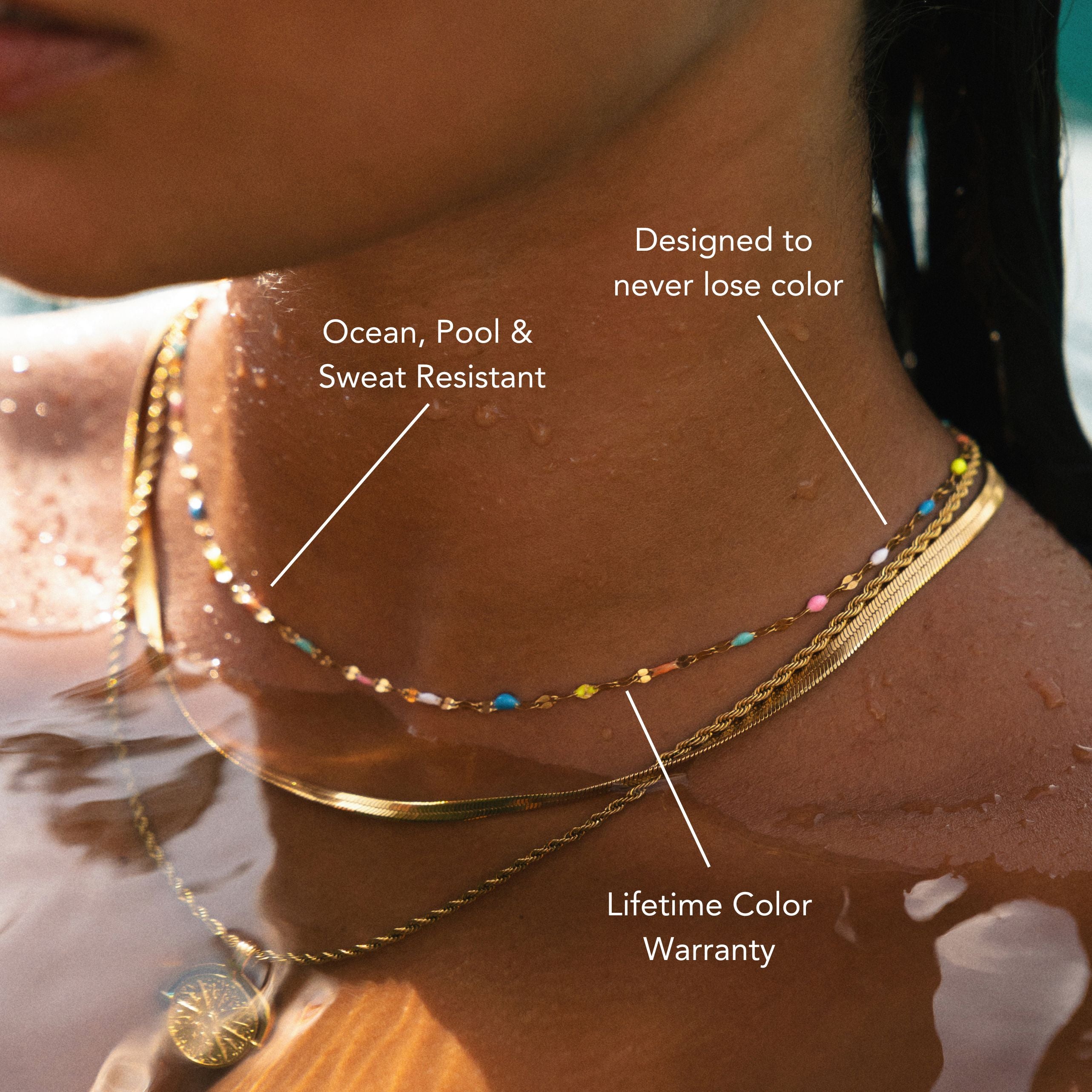
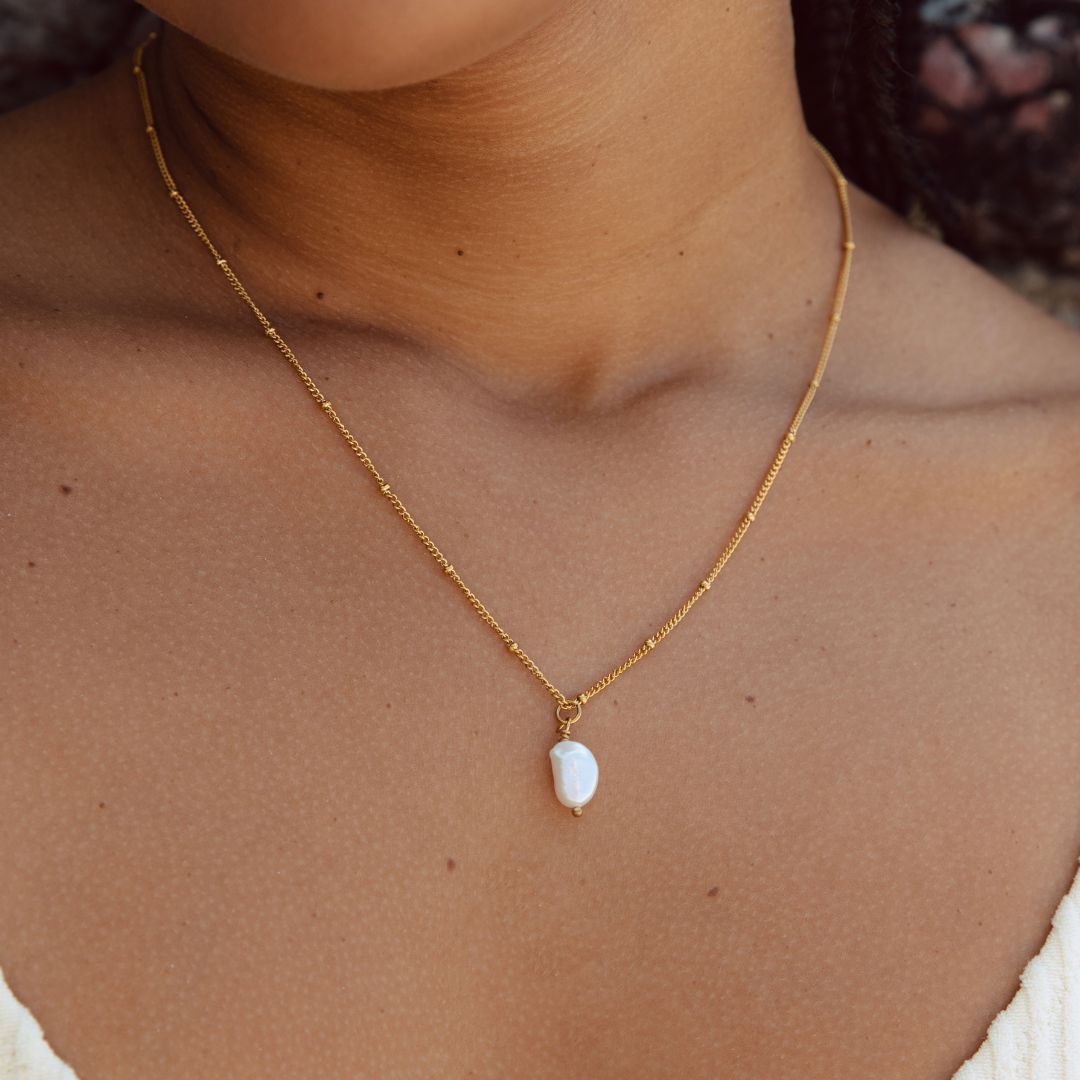

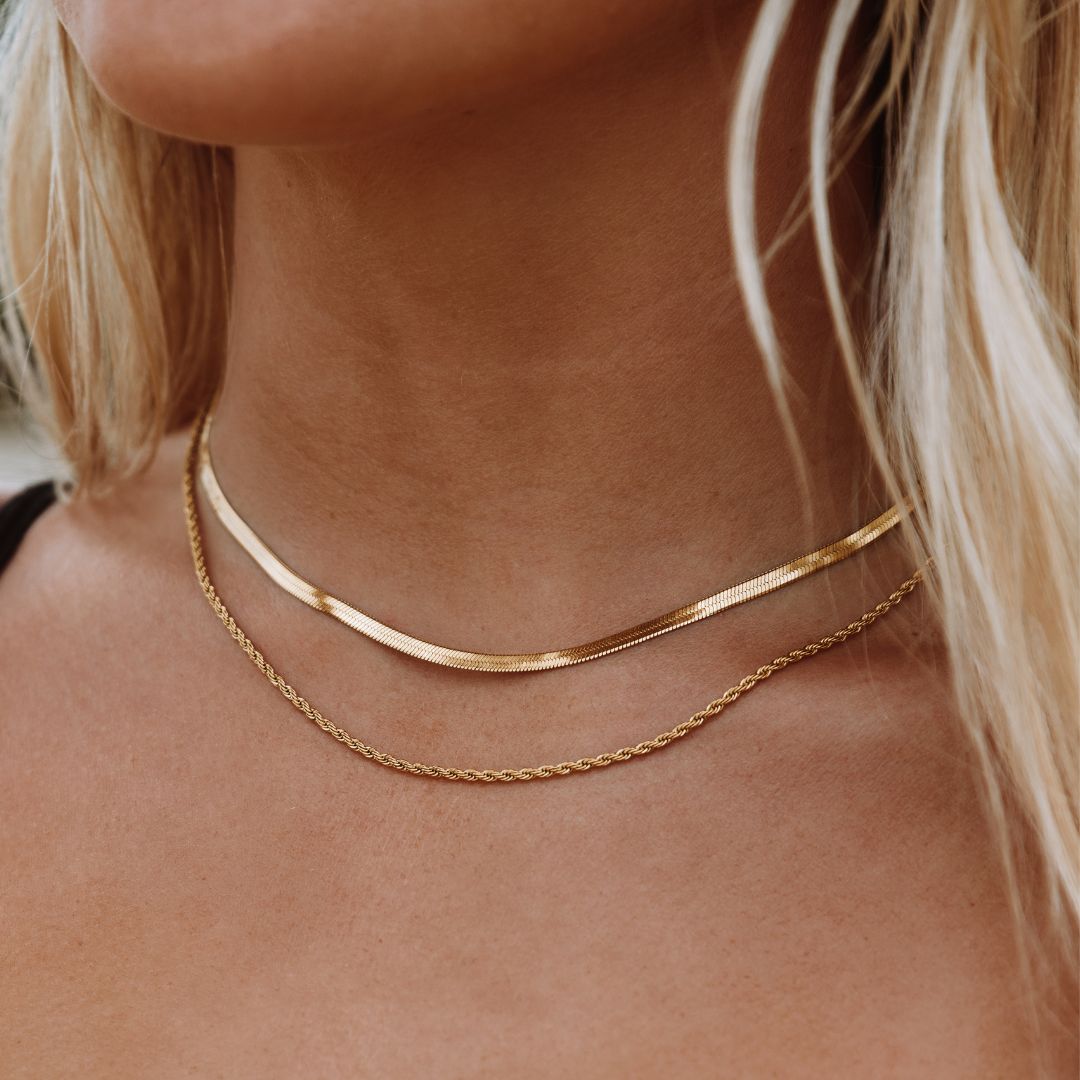






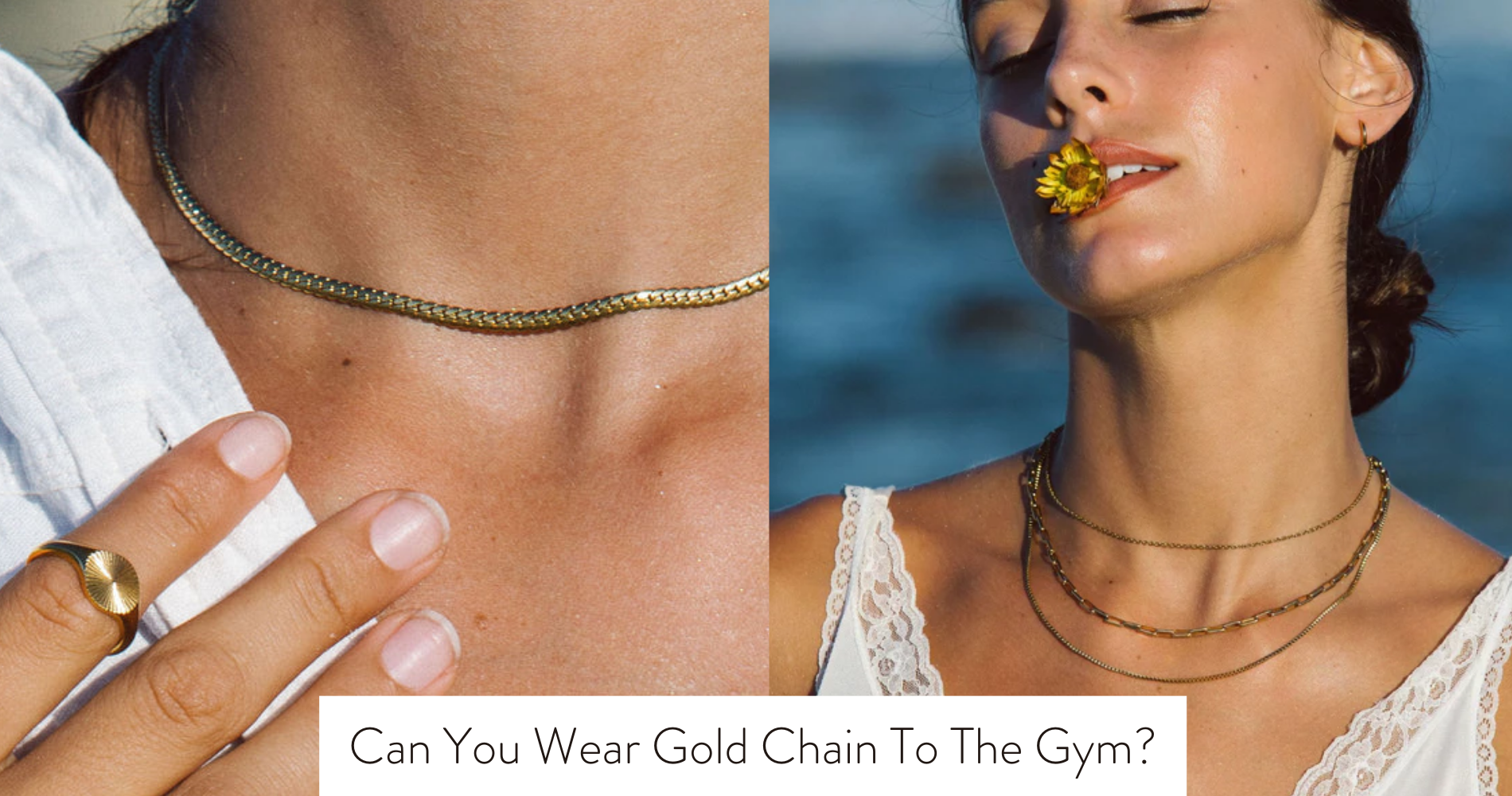




Leave a comment
This site is protected by hCaptcha and the hCaptcha Privacy Policy and Terms of Service apply.